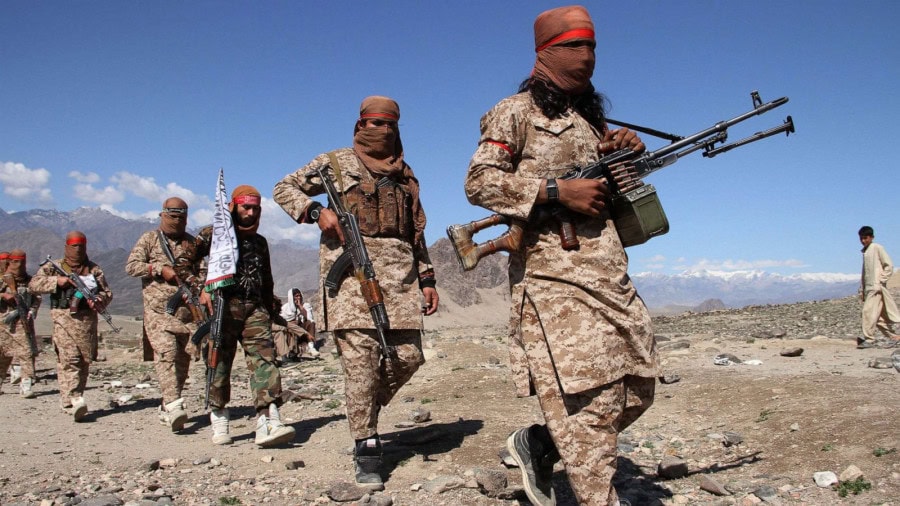Kabul
For two days the fighting was blistering. Rockets and heavy machine gun fire pounded Imam Sahib, a key district on Afghanistan’s northern border with Tajikistan.
When the explosions died down and Syed Akram finally emerged from his home earlier this week, three of his neighbour’s children had been killed, and a tank was burning on a nearby street corner.
Several shops and a petrol station were still smoldering. In the streets, the Taliban were in control.
There maybe 300 of them, he said. That had been plenty to overwhelm the government troops defending the town, who had numbered fewer than 100. Akram saw several bodies of soldiers in the street, but many had fled the district center.
In recent days, the Taliban have made quick gains in Afghanistan’s north, overrunning multiple districts, some of them reportedly with hardly a fight, even as the US and NATO press forward with their final withdrawal from Afghanistan.
By all accounts their departure will be complete long before the September 11 deadline set by President Joe Biden when he announced in mid-April an end to America’s “forever war”.
The Taliban gains are significant because of the transportation routes they provide the insurgents.
But equally significant is that the north is the traditional stronghold of Afghanistan’s minority ethnic groups, who aided the US-led invasion that drove the Taliban from power nearly 20 years ago and have been part of the ruling leadership since.—AP










